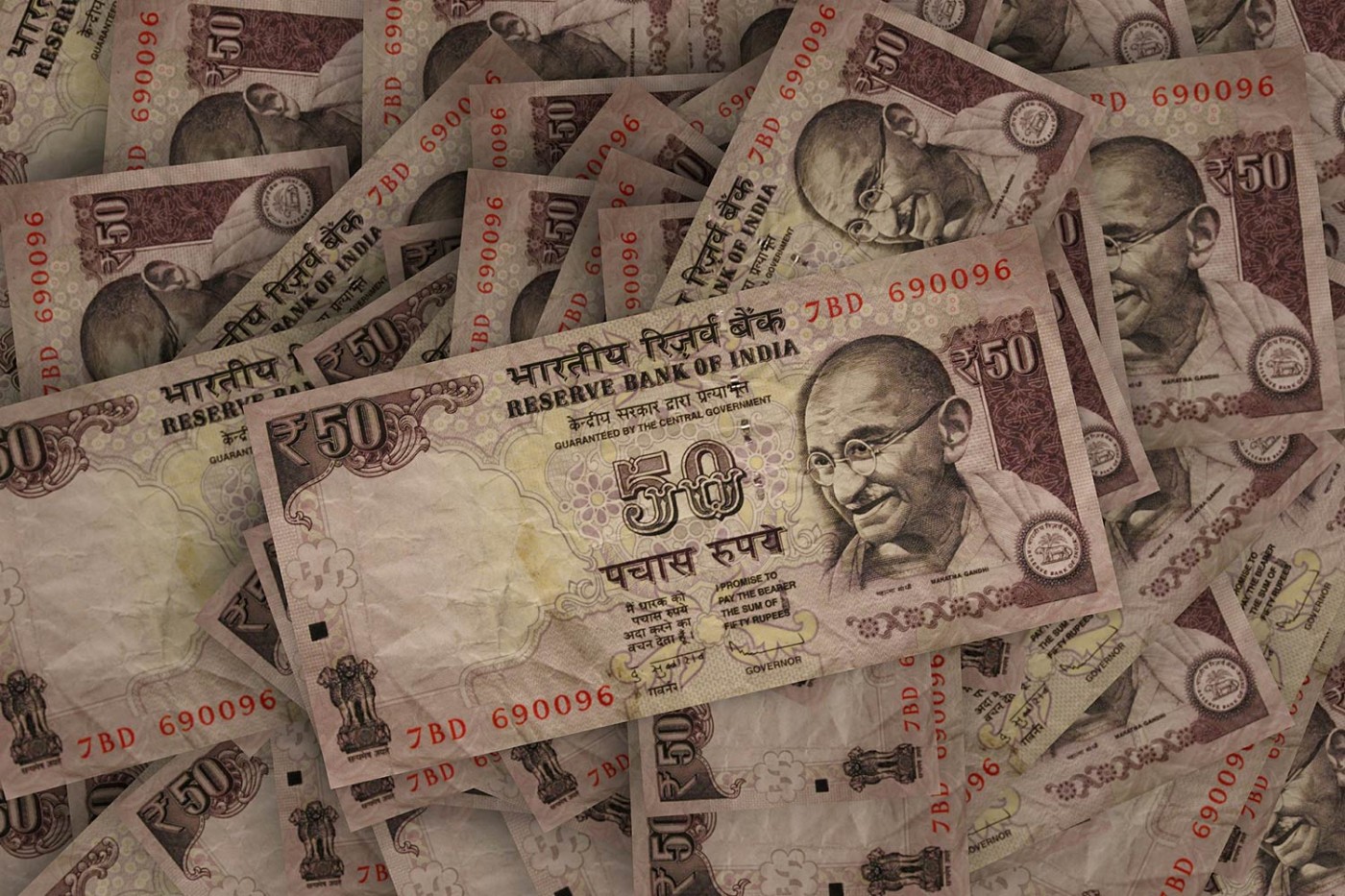Long-term impact of India’s tax reform to be substantial but with short-term difficulties
Elsewhere in Asia, Chinese trade issues could cast a shadow
India’s new goods and service tax (GST), implemented on July 1, will have a substantial long-term impact, but may present short-term difficulties.
The implementation of the new tax is a major move: replacing 17 state and federal levies, with 29 states and seven union territories relinquishing some form of sovereignty over taxation. However, compromises have been necessary, resulting in four GST rates (5%, 12%, 18% and 28%) rather than a single unified rate.
Tuan Huynh, CIO APAC and Head of Wealth Discretionary APAC at Deutsche Bank Wealth Management, said, “The longer-term impact of the tax reform should be substantial, enabling, for example, rationalised national supply chains and associated efficiency gains. The emergence, finally, of a true Indian single market should encourage foreign investment and boost economic growth. The International Monetary Fund (IMF) reckons that the introduction of the GST should take India’s medium-term annual rate of GDP growth above 8%; the Indian finance minister, Arun Jaitely, reckons – perhaps optimistically – that it will add 2% to the country’s annual growth rate.”
However, some short-term difficulties are possible. Huynh continued, “Companies are investing heavily to shift to the new approach while India’s often slow-moving bureaucracy is moving to adapt. There may also be scope for legal disputes over which of the four GST rates should be applied. The GST should however encourage tax compliance, as sellers will now want to lose the credit accrued by any taxes already paid in the production and distribution chain.”
China
The National Academy of Economic Strategy, an official think tank, has forecast GDP growth of 6.8% in Q2 and 6.7% in Q3, suggesting the official view is that growth will not fall much from current high levels. The academy thinks that there will be “no difficulty” in reaching the government’s official full-year growth target of 6.5%.
Huynh commented, “Trade issues could, however, cast a shadow again. China is currently engaged in 100-day trade talks with the U.S. which have so far yielded some small gains in agricultural goods. However, Washington is now apparently looking at aluminium imports from China on national security grounds, and is also conducting a different investigation into steel imports.”
Meanwhile, in late June, the PBoC pushed up the renminbi trading band against the USD to RMB6.8053, resulting in further gains in both the onshore CNY and offshore CNH.
Europe
In Europe, immediate pressure for a change in monetary policy is coming from external circumstances, and the region’s central banks are already responding.
Christian Nolting, Global CIO at Deutsche Bank Wealth Management, said, “Investor speculation about possible ECB ‘tapering’, given the apparent rebound in European economic growth, has now borne fruit, with ECB President Draghi implying in a speech in Portugal that policy could change, resulting in an immediate rise in the EUR against the USD.”
He added, “Mark Carney, Governor of the Bank of England (BoE), has also indicated a possible shift of approach by the BoE – if for very different reasons. UK inflation has overshot the Bank’s target, creating a potentially difficult situation given poorer growth expectations. Of course, central banks have to communicate first and act later, but signs are pointing towards less accommodative monetary policies ahead.”


